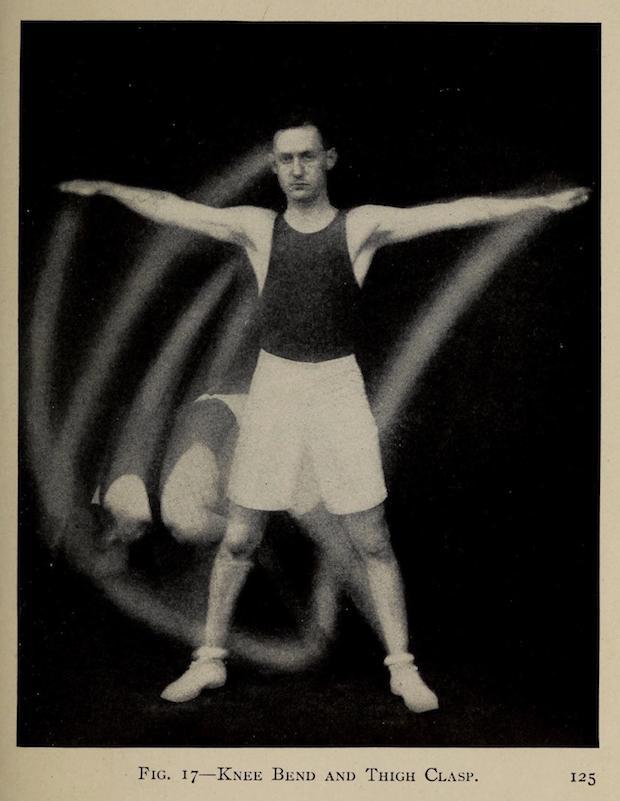Sep 23, 2024
Staying Healthy
Recent study uncovers immediate brain activity changes following mild soccer head impacts, emphasizing the importance of athlete brain health monitoring.
Soccer players often experience subconcussive head impacts—blows that don't cause noticeable concussion symptoms but may still affect the brain. While these impacts involve relatively low forces (around or below 10 g of linear acceleration), there's growing concern about their potential cumulative effects on long-term brain health. Understanding how even mild head impacts influence brain activity is crucial for athlete safety.
The Study: Analyzing Brain Activity During Controlled Soccer Headers
A study published in the Annals of Biomedical Engineering investigated the immediate effects of mild head impacts on brain activity among soccer players. Eight healthy participants performed simulated soccer headers under controlled laboratory conditions. The impacts were delivered at two mild intensity levels:
Low-impact level: 6 g linear acceleration and 4 rad/s rotational velocity
Higher-impact level: 10 g linear acceleration and 8 rad/s rotational velocity
Impacts were administered from three directions—frontal, oblique left, and oblique right—to assess directional influence. Participants wore an inertial measurement unit (IMU) bite bar to record head movements and electroencephalography (EEG) electrodes for continuous brain activity monitoring.
Findings: Immediate and Temporary EEG Changes Detected
The researchers observed significant increases in delta wave activity in EEG readings immediately after the mild head impacts. These changes occurred within seconds and returned to normal levels within two seconds. Key findings include:
Intensity Matters: The higher-impact level (10 g) caused greater increases in delta wave activity compared to the low-impact level (6 g), particularly in specific regions of the brain.
Directional Influence: Oblique impacts led to increased delta activity on the side opposite the impact, indicating that the brain's response varies with the direction of impact.
No Lasting Effects: Post-experiment EEG measurements showed no cumulative effects, suggesting that the observed changes were immediate and transient.
Implications: Rethinking Athlete Safety in Soccer
These findings suggest that even mild head impacts common in soccer can lead to immediate changes in brain activity. While these changes are short-lived, the study raises important questions about the potential long-term effects of repeated subconcussive impacts. This underscores the need for:
Enhanced Monitoring: Implementing regular brain activity monitoring for athletes involved in contact sports.
Protective Measures: Developing strategies and equipment to minimize head impact forces during play.
Further Research: Investigating the dose-response relationship between head impact magnitude and brain activity changes to better understand long-term implications.
Conclusion: Prioritizing Brain Health in Sports
The study highlights the importance of not underestimating the effects of mild head impacts in sports like soccer. By acknowledging and addressing these immediate changes in brain activity, stakeholders can take proactive steps to protect athletes' long-term brain health.
Reference
Rezaei, A., Wang, T., Titina, C., & Wu, L. (2024). Immediate and Transient Perturbances in EEG Within Seconds Following Controlled Soccer Head Impact. Annals of Biomedical Engineering, 52, 2897–2910. https://doi.org/10.1007/s10439-024-03602-0
